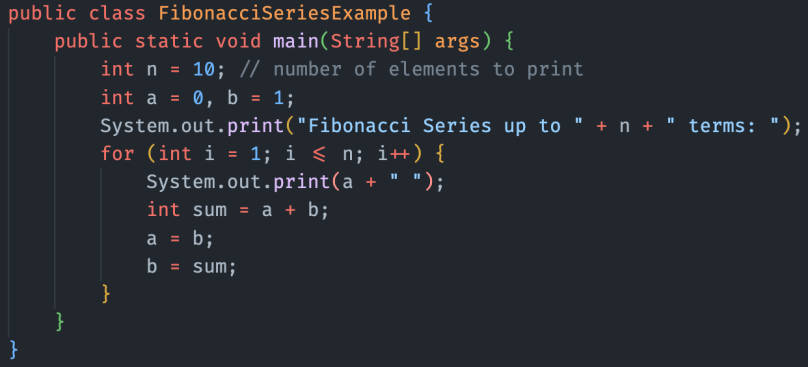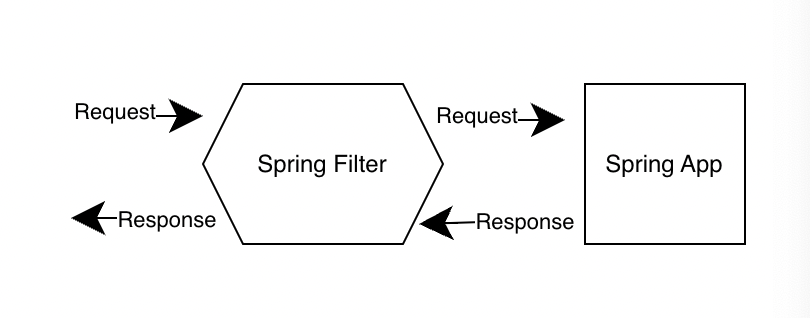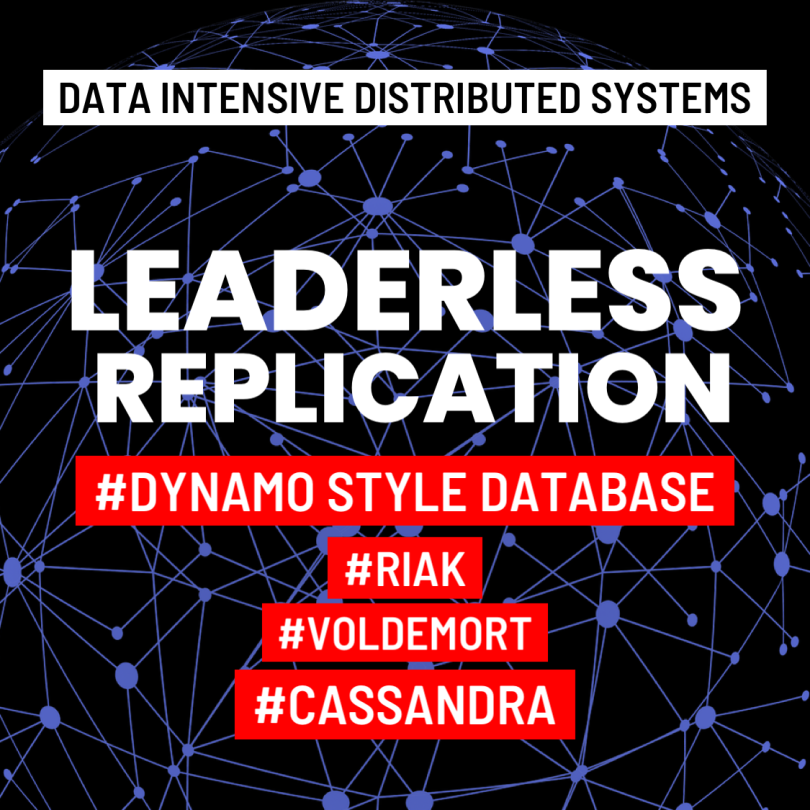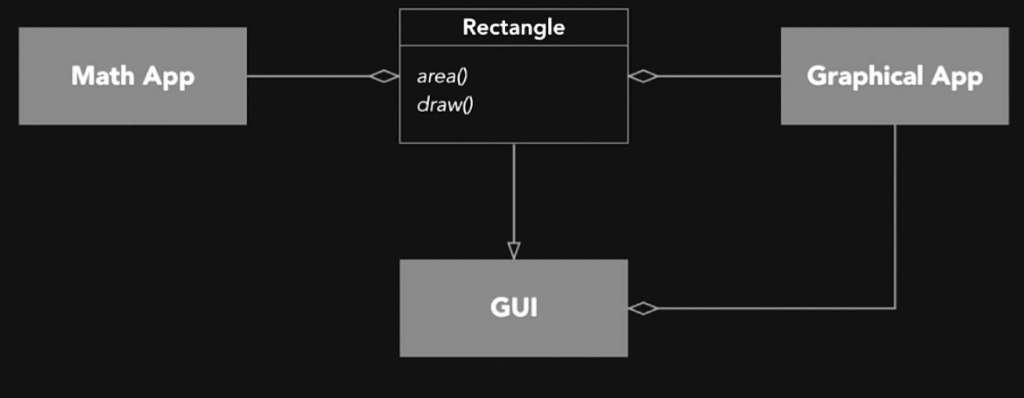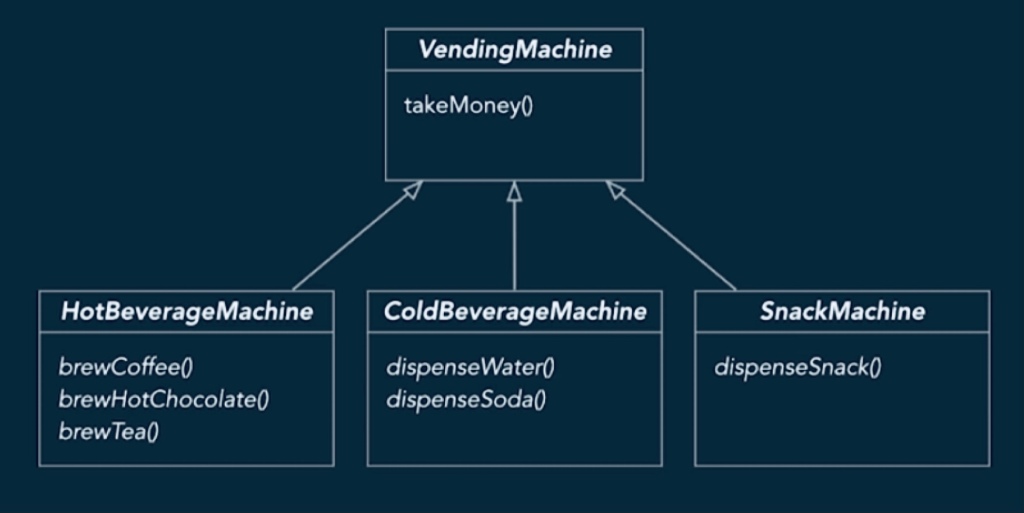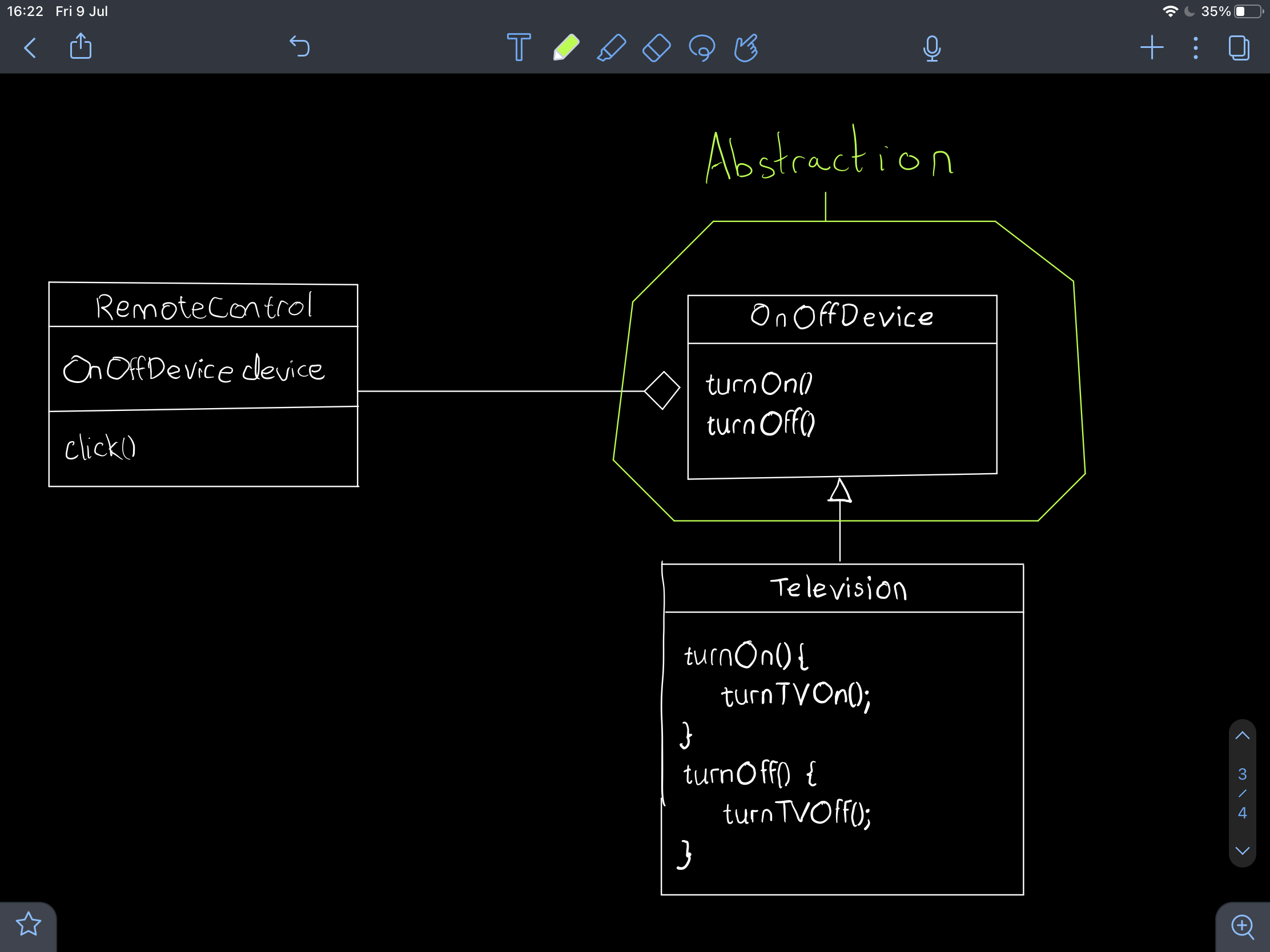Hey there again, friends! In today’s post, we’ll dive into the world of Java programming and create a simple program to reverse a string without using any built-in Java API. This exercise is a fantastic way to strengthen your Java skills and get a better understanding of how strings work behind the scenes. So grab your coding hat, and let’s get started on this magical journey!
Understanding Strings in Java: Before we begin, let’s clarify what a string is in Java. A string is an object that represents a sequence of characters. Java strings are immutable, meaning their contents cannot be changed after they are created. When we manipulate strings, we create new string objects, leaving the original strings unaltered. With this in mind, let’s build a Java program that reverses a string without using any built-in APIs.
The Java Program: Reversing a String without APIs
public class StringReverserExample {
public static void main(String[] args) {
String input = "Hello, world!";
String reversed = reverseString(input);
System.out.println("Original String: " + input);
System.out.println("Reversed String: " + reversed);
}
private static String reverseString(String input) {
// Create a character array with the length of the input string
char[] inputChars = new char[input.length()];
// Iterate through the input string and store characters in reverse order
for (int i = 0, j = input.length() - 1; i < input.length(); i++, j--) {
inputChars[j] = input.charAt(i);
}
// Create a new string from the reversed character array
return new String(inputChars);
}
}
How the Program Works
- We define a
reverseStringmethod that accepts a string as input. - We create a character array
inputCharswith the same length as the input string. - We use a
forloop to iterate through the input string and store its characters in reverse order in theinputCharsarray. - We create a new string from the reversed character array and return it.
When we run the program with the input “Hello, world!”, we get the following output:
Original String: Hello, world!
Reversed String: !dlrow ,olleHSummary
In this post, we explored a simple Java program to reverse a string without using any built-in Java APIs. This exercise helps us sharpen our Java skills and gain a deeper understanding of string manipulation. With a little creativity and determination, we can tackle even more exciting Java challenges and continue to push the boundaries of our programming expertise.
So let’s keep exploring related topics like data structures, algorithms, and other Java programming techniques. Together, we’ll continue to learn, grow, and create a brighter future in the world of software development!

